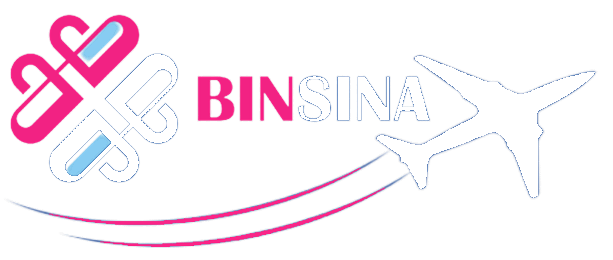Ankylosing spondylitis is a disease that causes pain and stiffness in the back, neck, and sometimes hips and heels. It begins with inflammation around the bones in the spine or in some joints. Later, it can sometimes cause the bones in the spine to fuse together.
Ankylosing spondylitis is one of a group of diseases called “spondyloarthritis.”
What are the symptoms of ankylosing spondylitis? The most common symptom is pain in the low back. This pain usually:
●Starts in early adulthood, usually before the age of 45
●Comes on slowly
●Lasts for more than 3 months
●Is worse after resting, such as first thing in the morning
●Feels better with movement
The back might also become less flexible. This can make it harder to do things like bend forward to put on socks or shoes. It can also lead to a “hunchback” posture over time.
Other symptoms might include:
●Pain or arthritis in other joints, such as the hips or shoulders
●Pain or swelling in other parts of the body, such as the elbows, heels, or ribs
●Feeling tired and not well
In some cases, ankylosing spondylitis can lead to other problems, such as:
●Inflammation of part of the eye – This is called “iritis” or “uveitis” and it causes eye pain and blurry vision.
●Problems with the spinal cord – Ankylosing spondylitis makes it more likely that the bones in the neck or back will break. This can sometimes happen even from a very small fall or accident. If these bones break, the spinal cord can be injured.
●Problems with the way the heart valves work
●Breathing problems – Some people have stiffness between the ribs and spine. This can make it harder to breathe deeply and to exercise.
●Inflammation of the inside of the intestines, which usually does not cause any obvious symptoms
Is there a test for ankylosing spondylitis? No. There is no one test that can tell if you have ankylosing spondylitis. But your doctor or nurse should be able to tell if you have it by learning about your symptoms, doing an exam, and using imaging tests (like X-rays) to look at your bones and joints. Your doctor might do blood tests, too.
Is there anything I can do on my own to feel better? Yes. You can reduce the chance that your condition will cause problems if you:
●Stop smoking – If you smoke and have ankylosing spondylitis, you will be more likely to have breathing problems. Quitting smoking can help with this.
●Exercise – Exercise can help prevent some of the stiffness caused by ankylosing spondylitis. Follow your doctor’s instructions for exercising and stretching.
●Get plenty of calcium and vitamin D – This can help to keep your bones from getting weak.
●Use a thin pillow – Sleeping on a thick pillow can cause neck problems in people with ankylosing spondylitis.
How is ankylosing spondylitis treated? Treatment depends on your symptoms and how severe your condition is. The goal of treatment is to relieve your symptoms, help you do your normal activities, and keep your condition from causing other problems.
Exercise is an important part of treating ankylosing spondylitis. Some people work with a physical therapist (an exercise expert) to learn the best way to exercise. You might do stretches and gentle exercises to strengthen your muscles. It is especially important to work on your posture. That’s because ankylosing spondylitis can cause the head to tilt forward in a “hunchback” posture. Special exercises can help prevent this.
Many people with ankylosing spondylitis also take 1 or more medicines. These might include:
●NSAIDs – This is a large group of medicines that includes ibuprofen and naproxen. These medicines can help relieve pain and stiffness.
●Other medicines – There are other medicines that can help treat symptoms and keep ankylosing spondylitis from getting worse. Your doctor or nurse will decide which medicines are best for you.
Surgery can help some people with severe ankylosing spondylitis. For instance, some people have hip replacement surgery to replace a bad hip joint.
What will my life be like? Ankylosing spondylitis can make it hard to do simple things, such as getting dressed, getting up from a sitting position, and looking from side to side. You might need help from family or friends.
If the bones in your spine have fused together, you could be at risk of serious neck or back injury. To reduce the chances that you will get hurt:
●Remove loose rugs, electrical cords, and any clutter that could make you trip
●Do not drink a lot of alcohol or take sleeping pills
●Avoid contact sports and other activities that might cause injury
●Always wear a seatbelt while riding in a car
There are also support groups for people with ankylosing spondylitis. It can help to talk to other people who are going through similar things.
